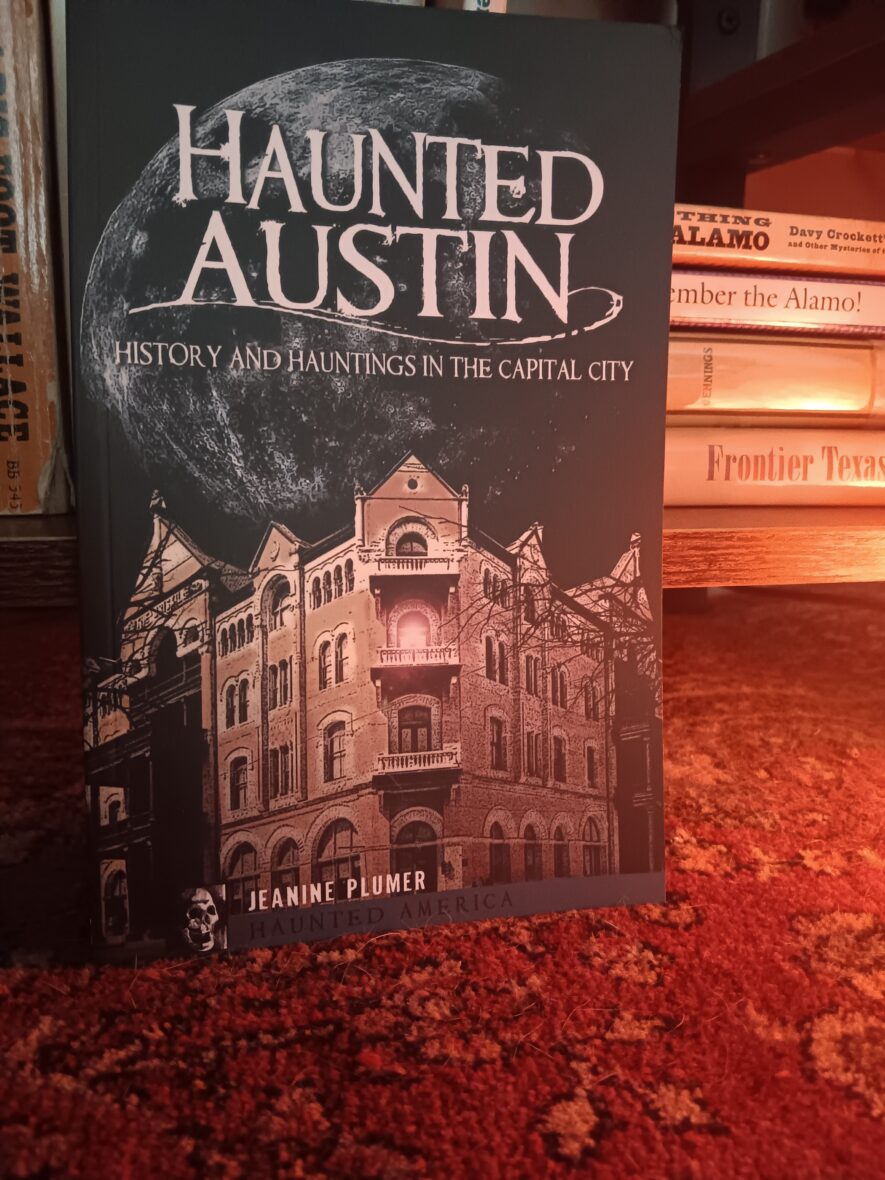Home | Haunt Spots | The Haunted Austin Book
The Haunted Austin Book
Discover Austin’s history through the ghosts who have remained to tell their stories.
Included is the chapter about when Austin’s dam crumbled beneath flooded waters
The building and haunting of our state Capitol.
The first ghost story in Texas
Tales of Mount Bonnell
The Driskill
The Servant Girl Annihilator and more.
$16.99 + 8.25% sales tax + $1.00 postal fee.

Associated Tours
Pioneer Farms Ghosts
After dark. 90-acres and full access to many of the 18th century buildings. Expect actual paranormal encounters with our fun equipment. Inside and outside.
Austin Haunted Walking Tour
Thanks for going local! Your guide is a professional storyteller in costume.
Book a tour

Austin Haunted Walking Tour
Thanks for going local! Your guide is a professional storyteller in costume.

Pioneer Farms Ghosts
After dark. 90-acres and full access to many of the 18th century buildings. Expect actual paranormal encounters with our fun equipment. Inside and outside.


